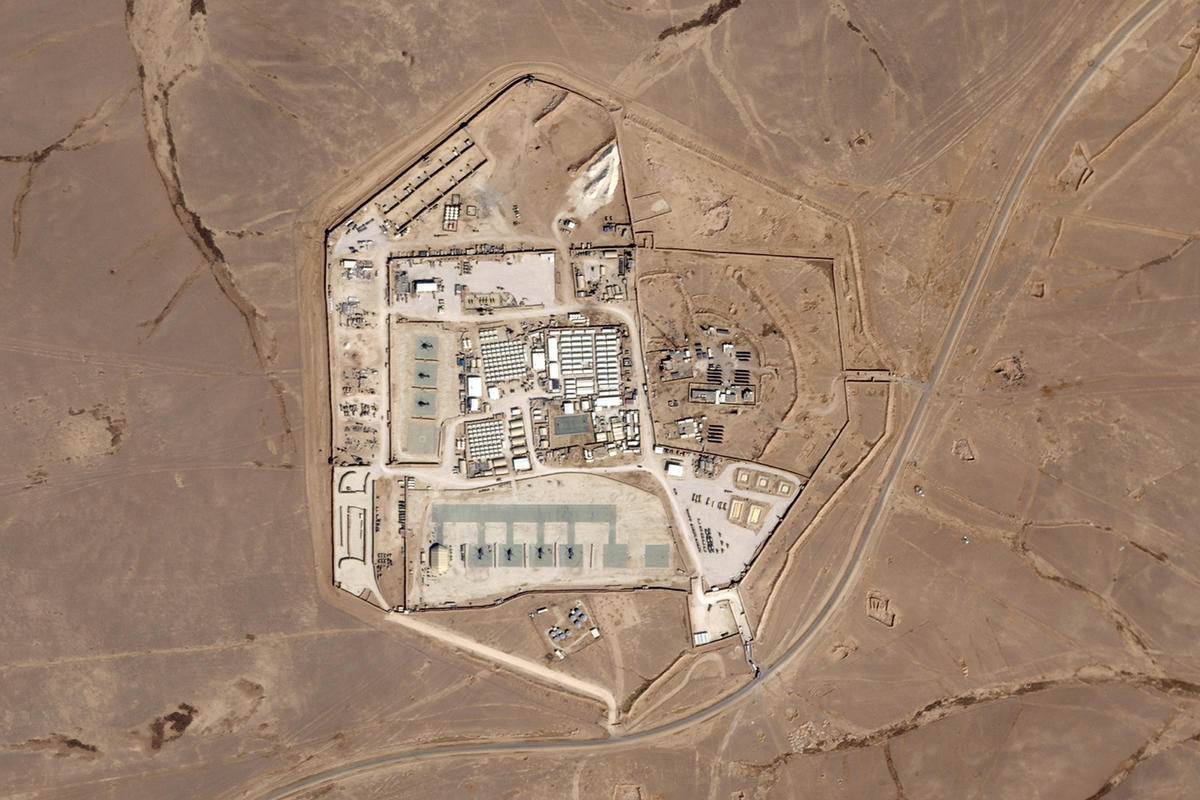Analysts saw signs of a major Middle East war: the US is suffering losses
[ad_1]

The Pentagon transfers strategic aircraft to the conflict region
The United States was forced to admit the first serious losses among its troops in the Middle East as a result of an attack on one of the American military bases on the border of Syria and Jordan. It is clear that Washington, in order not to lose its credibility, will have to respond to this attack. The only question is who the Americans will strike back at.
There are several options here. Either it will be Iran, which the United States has already accused of the attack, or Syria, on whose territory the American base at Tanf, damaged by shelling, is located, or pro-Iranian armed groups operating in Iraq, Syria and Yemen.
In the meantime, observers are recording signs that President Biden has authorized an unprecedented strike on US enemies. It will certainly be no less large-scale than what the United States inflicted on Syria under Trump. Then, in March 2018, the United States, taking advantage of Damascus’ false accusations of using chemical weapons, fired 105 air- and sea-based cruise missiles at targets in Syria.
Now several information resources have written that the United States is hastily transferring a squadron of US Air Force KC-135 refueling aircraft based at an air base in Southern California to Europe. It is believed that the final destination of the flight will be the Middle East.
In addition, there are unconfirmed reports that B-52H strategic bombers and a large number of US Air Force tactical aircraft flew to the Middle East.
In this regard, Bloomberg reported that Biden is about to make the most important decision of his presidency. Biden himself has already stated that an attack on US forces will be followed by a serious response. The anti-Iran lobby in the US Congress calls on Biden not to waste time on trifles and to strike directly at Iran, and not at the pro-Iranian armed groups scattered throughout the Middle East. For example, Speaker of the House of Representatives Mike Johnson said that the United States must “send a crystal clear message to the world that attacks on our troops will not be tolerated.”
The problem is that Iran and its Islamic Revolutionary Guard Corps are not Hamas, Yemen’s Houthis, or Lebanese Hezbollah. The power of the Iranian armed forces is much higher. And the Pentagon probably remembers this.
At the same time, the fact that the United States has a large number of bases and forward detachments in the Middle East has turned from a factor of strength into vulnerability. In the event of a massive attack on all these objects at once by drones and missiles, the Pentagon’s losses will likely be much greater than at the al-Tanf base in Syria.
In the meantime, Tehran has announced that it has brought its armed forces to a state of increased combat readiness and its air defense forces to maximum readiness.
Most likely, the coming days, and maybe even hours, will show whether two irreconcilable adversaries – the United States and Iran – are ready to engage in a serious battle.
[ad_2]
Source link








